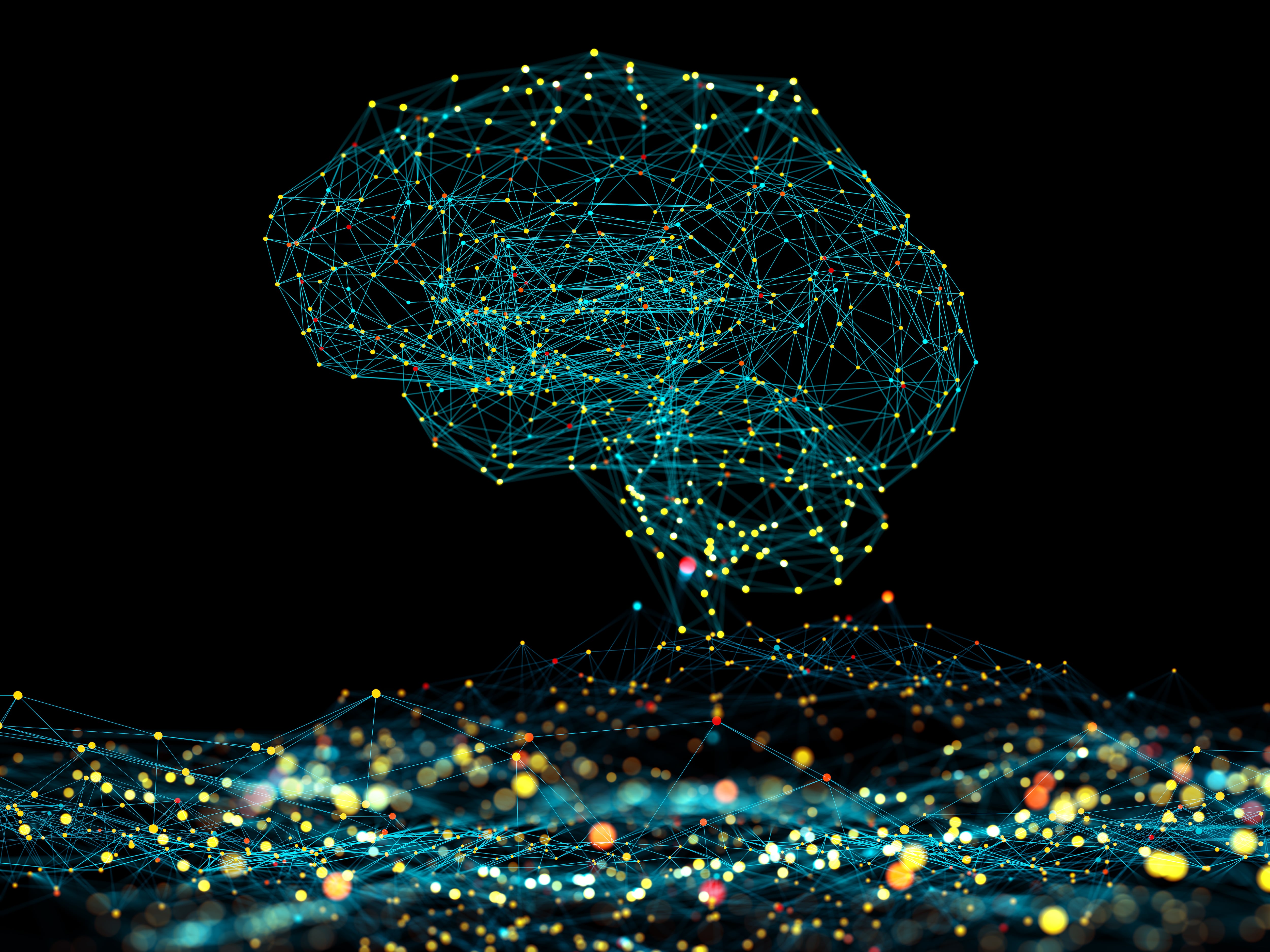WASHINGTON — After more than 100 days on the job, the U.S. Department of Defense’s top artificial intelligence official said Thursday that the office’s strategy will take a down-up approach and start with data.
“It’s true that most of my career has been in AI, but I don’t think most of my work here at DoD will be about AI,” Craig Martell, the Pentagon’s first Chief Digital and AI Officer, said at the 2022 Intelligence & National Security Summit in National Harbor, Maryland.
The Pentagon tapped Martell, a former head of machine learning at Lyft, to oversee its AI efforts this spring. The office subsumed multiple other defense digital authorities, including the Joint Artificial Intelligence Center and the Defense Digital Services, and reached full operational capability on June 1.
While much of the talk about the CDAO has focused on its role as the Pentagon’s leading AI authority, Martell said more attention and energy needs to be paid to data, which he said serves as the basis of the office’s “hierarchy of needs.”
In order to address the challenge of AI, the Pentagon needs to focus less on top-down AI decrees, he said, adding that while data decrees are still necessary, top-down AI restrictions hinder progress.

By focusing more on controlling data, the Pentagon can build a support structure that allows for heterogeneity among the different actors and companies working on AI projects, he said.
“It shouldn’t be centralized,” he said. “If we centralize it, we’re losing what I think is the biggest strength of the American industrial academic base.”
After building out data, Martell said the CDAO should focus on metrics, noting that outcome-based measurement, and not just effort-based measures, ought to be the standard. From metrics should come analytics, with AI coming in only once the needed infrastructure is in place.
“We have a very large AI challenge ahead of us but in order to do this, we have to get the data right,” he said.
Catherine Buchaniec is a reporter at C4ISRNET, where she covers artificial intelligence, cyber warfare and uncrewed technologies.








